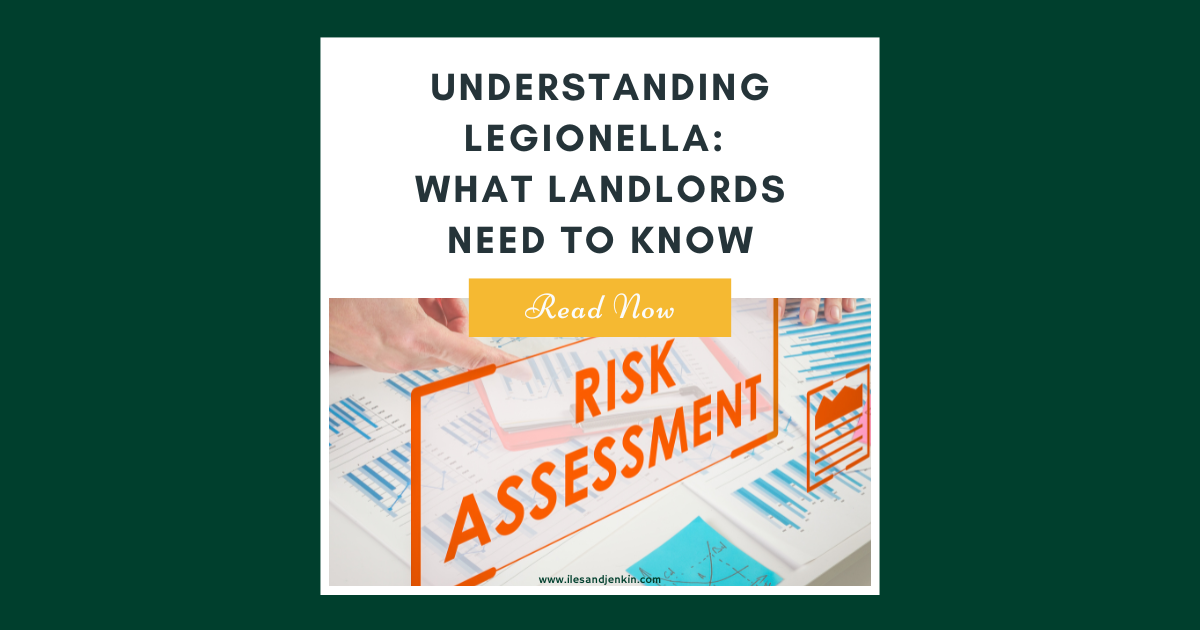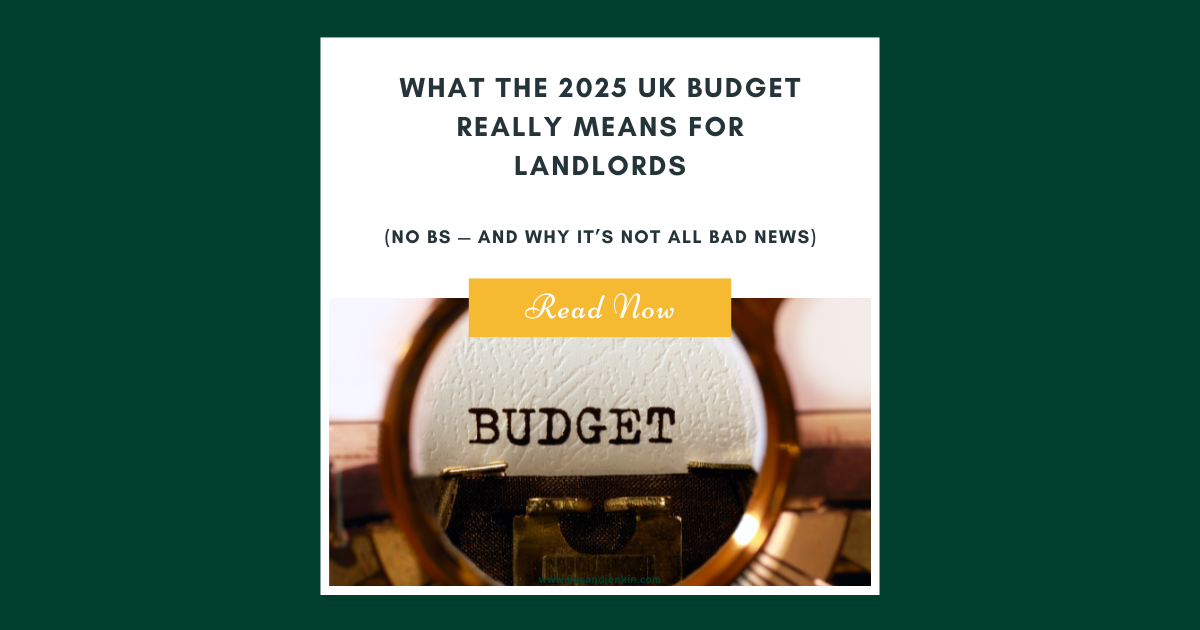Understanding Legionella: What Landlords Need to Know
As a landlord, one of your core responsibilities is ensuring the health and safety of your tenants. This includes managing the risk of Legionnaires’ disease—a potentially fatal form of pneumonia caused by inhaling water droplets contaminated with Legionella bacteria. While the risk in domestic properties is typically low, it’s still vital to understand your obligations and take appropriate precautions.
What Is Legionella and Why Should Landlords Be Aware?
Legionella bacteria thrive in man-made water systems where water is stored or recirculated, particularly in warm conditions. Inhalation of contaminated water droplets—most commonly from showers—can lead to Legionnaires’ disease, a serious and sometimes deadly illness.
All landlords who rent out property, whether a room in their own home or a separate dwelling, have a legal duty under health and safety law to manage this risk.
Your Legal Responsibilities
Under the Health and Safety at Work Act 1974 and the Control of Substances Hazardous to Health Regulations (COSHH), landlords must ensure their properties are free from health hazards. Specifically, landlords are responsible for assessing and mitigating the risk of exposure to Legionella within the water systems of their properties.
The Health and Safety Executive (HSE) outlines expectations in its Approved Code of Practice (L8), which covers how landlords should manage Legionella risk in line with their legal duties.
Risk Assessment: Practical and Proportionate
Fortunately, the required risk assessment is not overly complicated for most residential properties. A simple review of your water system is often sufficient, particularly in homes where:
- Water is used regularly, preventing stagnation.
- Cold water is drawn directly from the mains (i.e., no storage tanks).
- Hot water is provided by a combi boiler or small water heater.
- There are no complex pipe networks or unused outlets.
In such cases, a basic assessment confirming low risk may be enough—though it’s important to keep this under review, especially if any changes occur within the system or the property.
Simple Control Measures You Can Take
Keeping your water systems safe doesn't need to be complex. Here are some easy steps you can implement:
- Flush the system before new tenants move in.
- Ensure cold water tanks (if present) are securely covered to prevent contamination.
- Set hot water systems to store water at a minimum of 60°C.
- Remove redundant pipework that may trap stagnant water.
- Advise tenants to clean showerheads regularly and report any issues with the hot water.
Instantaneous water heaters, such as combi boilers and electric showers, pose a lower risk as they don’t store water.
What to Tell Your Tenants
Tenants should be informed about the control measures in place and how they can help reduce the risk. They should:
- Avoid altering boiler settings.
- Clean showerheads and taps periodically.
- Alert you if the hot water isn’t functioning correctly.
Education is a key part of managing risk—when tenants understand their role, they can help maintain a safe living environment.
Managing Empty Properties
When a property is left vacant—perhaps between tenancies or during holiday periods—it’s important to ensure water doesn’t stagnate. You should:
- Flush all taps and showers weekly.
- Consider draining the system if the property will be empty for an extended time.
Who Can Conduct the Risk Assessment?
In most cases, landlords can carry out their own Legionella risk assessment, as long as they understand the basics of how their water systems work. However, if you feel uncertain, a qualified professional can perform the assessment for you. At Iles & Jenkin, we can arrange this on your behalf if you needed assistance.
Is Testing Required?
Routine water testing for Legionella is not usually necessary for domestic properties. Instead, temperature monitoring and regular system maintenance are sufficient to ensure safety. There is no legal requirement to obtain a "Legionella test certificate" for residential lettings, it is just a risk assessment is needed.
Keeping Records and Reviewing Assessments
Although you are not required by law to keep a written record unless you have five or more employees, maintaining documentation can be a useful way to demonstrate your due diligence. It’s also wise to review your risk assessment periodically or when any changes to the property or water system occur. In the residential lettings world, it is vital to keep records and to be able to provide proof of any work or safety assessment that has been carried out. You can either complete a simple risk assessment yourself or ask a specialisit legionella risk assessor to complete this for you. They will provide a report with photos and dates. We also ensure this is served correcrly to the tenants, along with our helpful legionella information document.
Will My Property Be Inspected?
HSE and local authorities do not routinely inspect domestic rental properties for Legionella risk. However, should a tenant fall ill and it is linked to your property’s water system, you could face legal consequences, including large fines (up to £30,000). Being able to demonstrate that you assessed and managed the risk is essential.
Final Thoughts
Managing the risk of Legionella doesn’t have to be daunting. With a basic understanding and a few practical steps, landlords can ensure their rental properties remain safe and compliant. By being proactive and informed, you protect not only your tenants—but also yourself and your business.
Iles & Jenkin provide full support for Landlords and can arrange all forms of safety certificates for landlords. Please ask our team if you have any queries on this.
Tel: 01934 512537
Email: Lettings@ilesandjenkin.com



 By
By 
 posted by
posted by 


Share this with
Email
Facebook
Messenger
Twitter
Pinterest
LinkedIn
Copy this link